This month PROTON celebrates its 35th year anniversary. But how did PROTON become a national treasure? We learn more about the plan behind the brand’s formation and its long-lasting impact on the country.
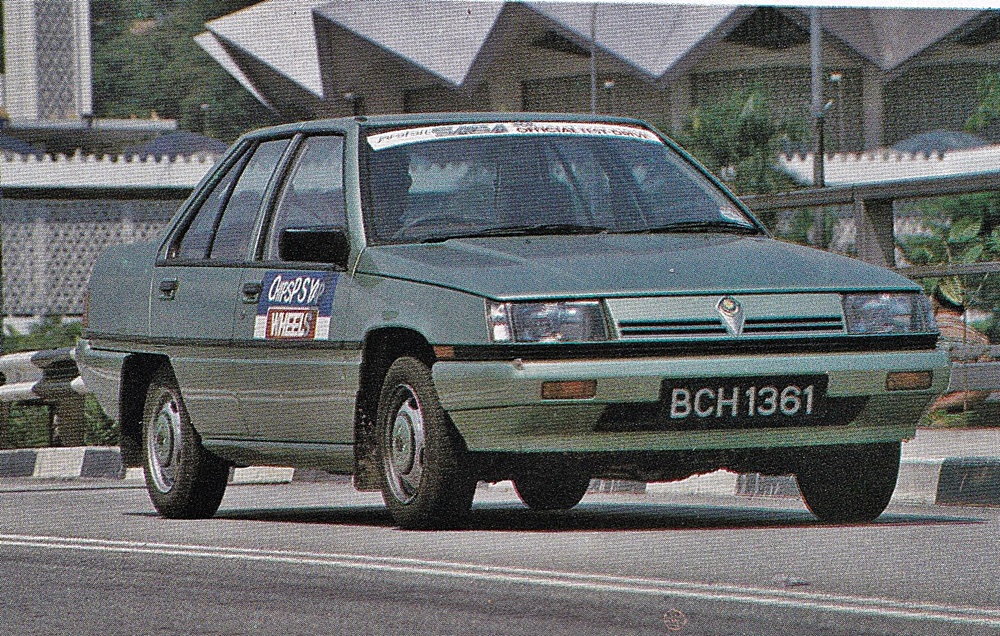
Back in 1983, the Malaysian government decided they wanted to set about creating a national car brand. According to renowned Malaysian automotive reporter, Chips Yap, this was initially met with scepticism among the local motoring circle. Many felt concerned if the government would leverage its position to impose heavier taxes on foreign companies, thereby giving this domestic brand a competitive advantage.
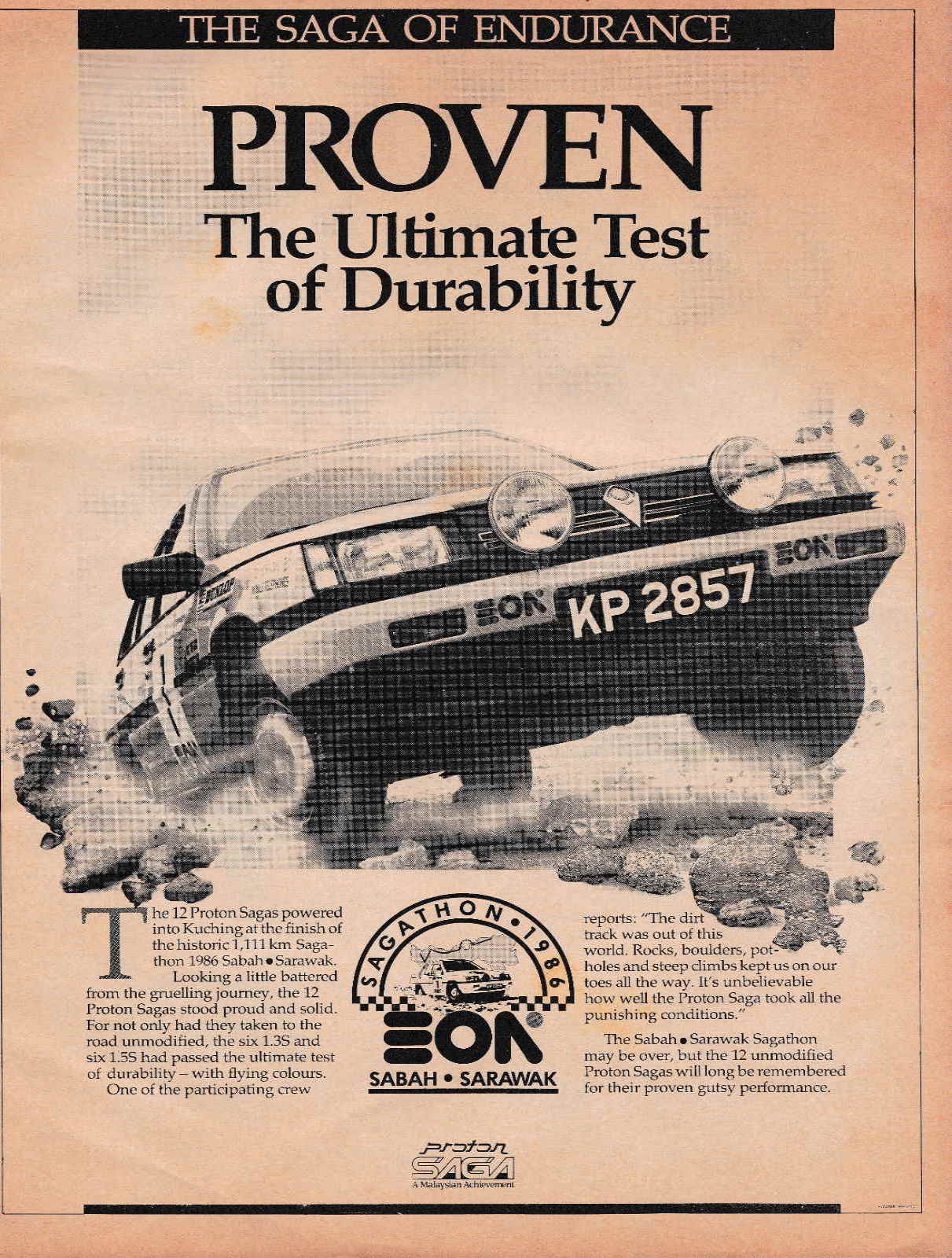
These suspicions were in part true, as PROTON was exempt from paying taxes on imported parts, but nevertheless, the market remained able to compete. But when the first Proton Saga was launched on July 9, 1985, even a similarly-priced Japanese car from the same segment was incomparable in the hearts of Malaysians, as they were filled with pride and in full support of the country’s first national car brand.
One of the factors that got everyone to support the projects was the rationale behind the formation of a car brand, given by then Prime Minister of Malaysia, Mahathir Mohamad.
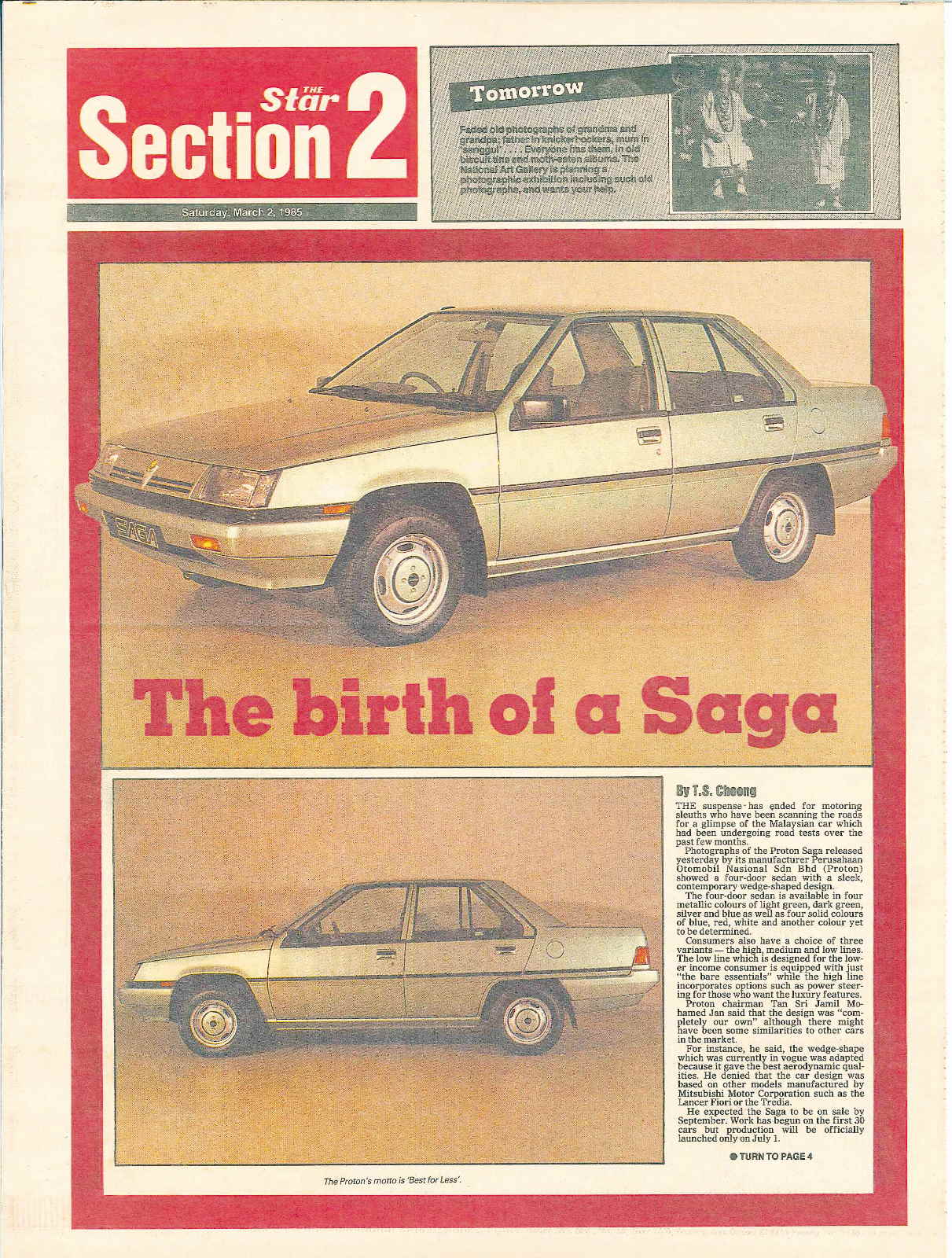
What was his idea? To have a domestic car manufacturer that would be able to produce in high volumes, therefore driving up economies of scale, similar to Henry Ford’s original idea of reducing costs via mass production. Many economists would oppose Mahathir’s idea as they feared Malaysia’s automobile market was already small and fragmented with the presence of 22 other automobile brands.
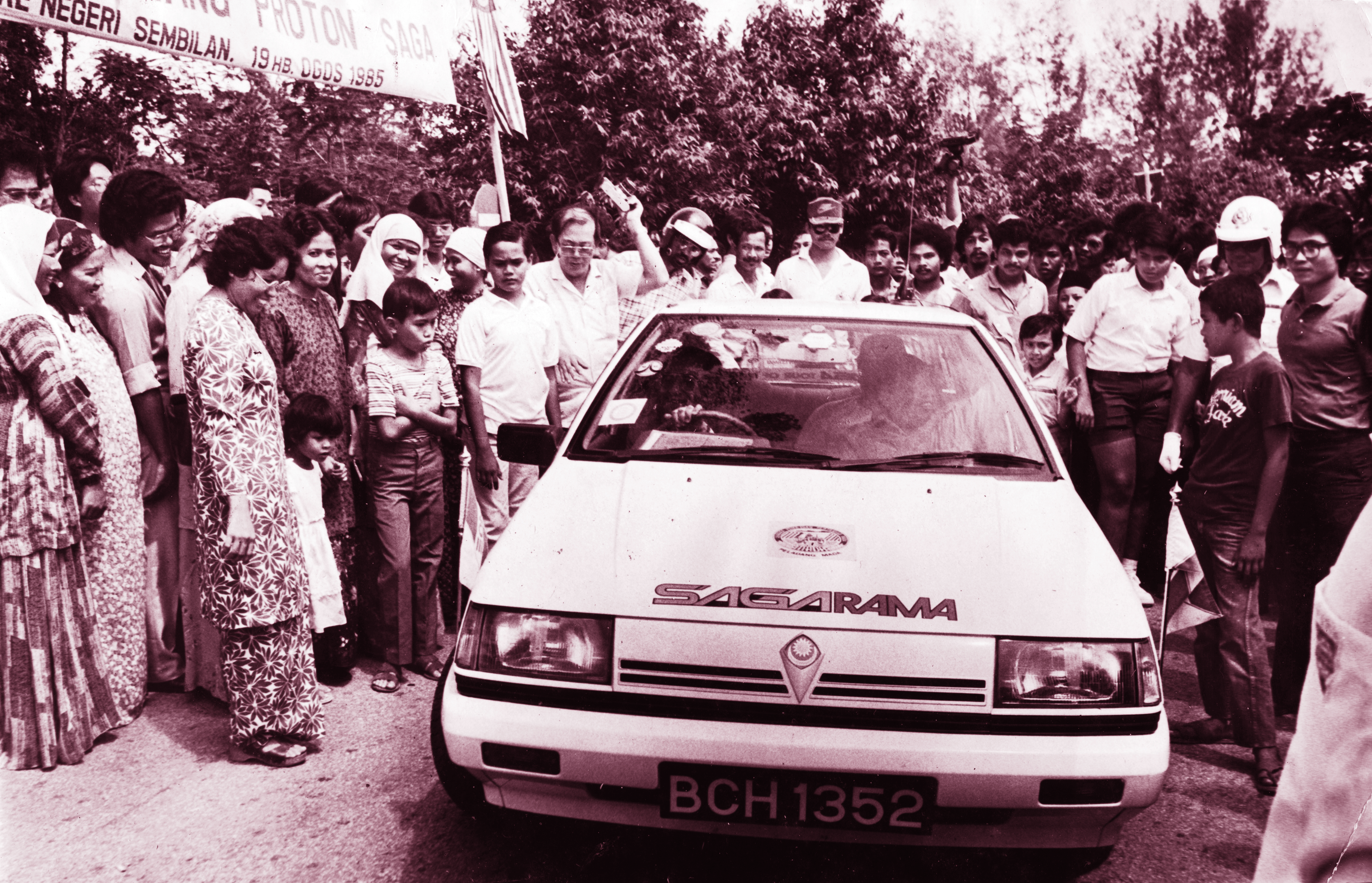
However, Mahathir’s vision was much deeper than it seemed on the surface. He planned to use the national car project as a launchpad into industrialising the entire nation. At that time, Malaysia relied heavily on agriculture, namely palm oil and rubber industries. By establishing PROTON, an entirely new supply chain would need to be formed to cater to its needs, from suppliers to distribution and aftersales.

Furthermore, the project aimed to enhance the engineering and manufacturing capabilities of the local workforce, enabling them to easily contribute to other industries or create entirely new ones within the country. All these steps would help put Malaysia on a fast track to becoming an industrialised nation, many of the world’s most famous examples of which – the U.S., Japan and Germany – owe much of their industrialisation to the strengthening of their automotive industries after World War 2.
Despite all the sceptics and naysayers, PROTON finally launched its first car, the Proton Saga, on July 9, 1985. As Chips retells, the whole affair leading up to and after the launch was managed professionally, while the car itself was a success – it was well-built, well-engineered and as good as the Japanese cars, which back then were the benchmark for engineering excellence.
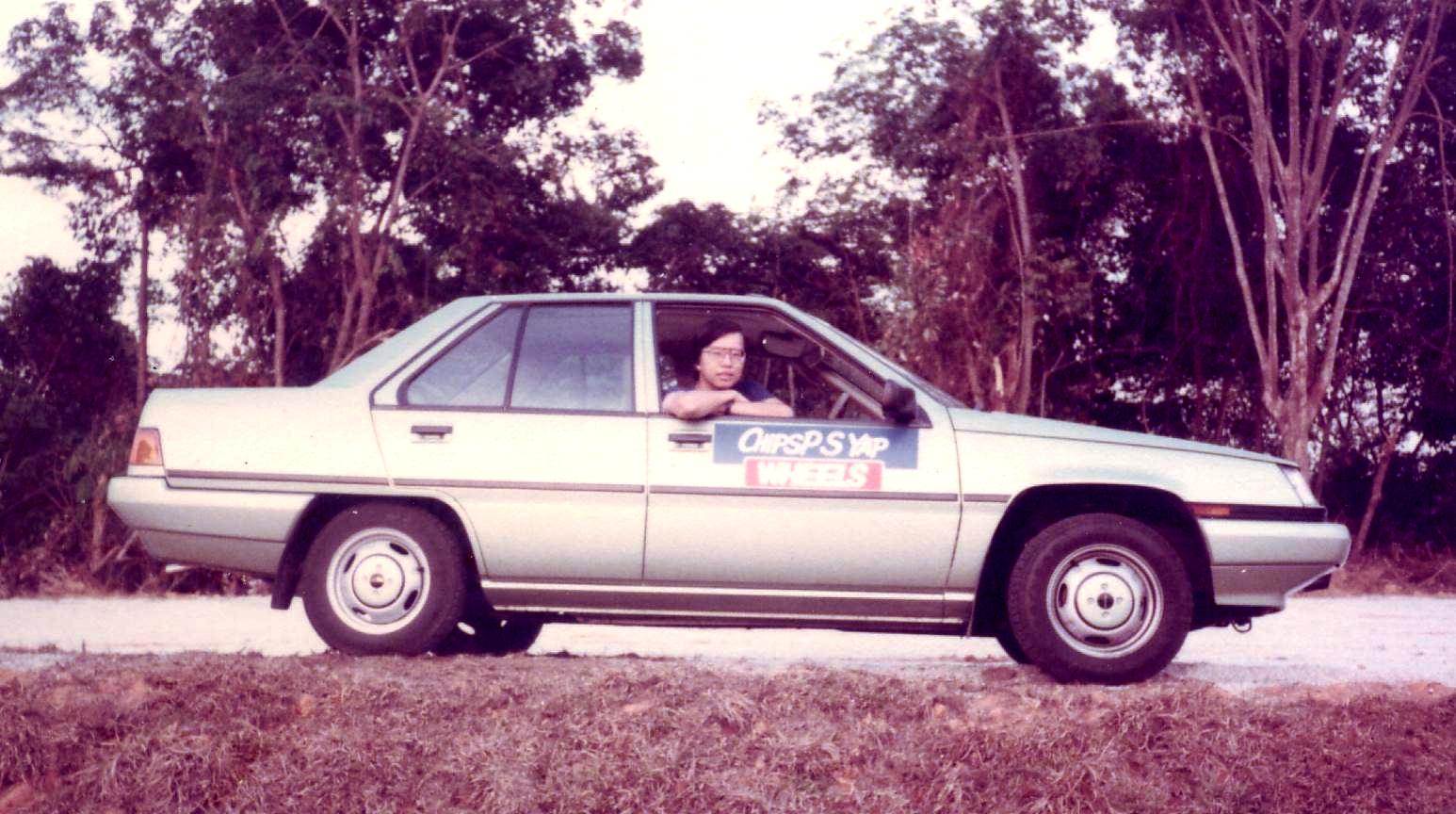
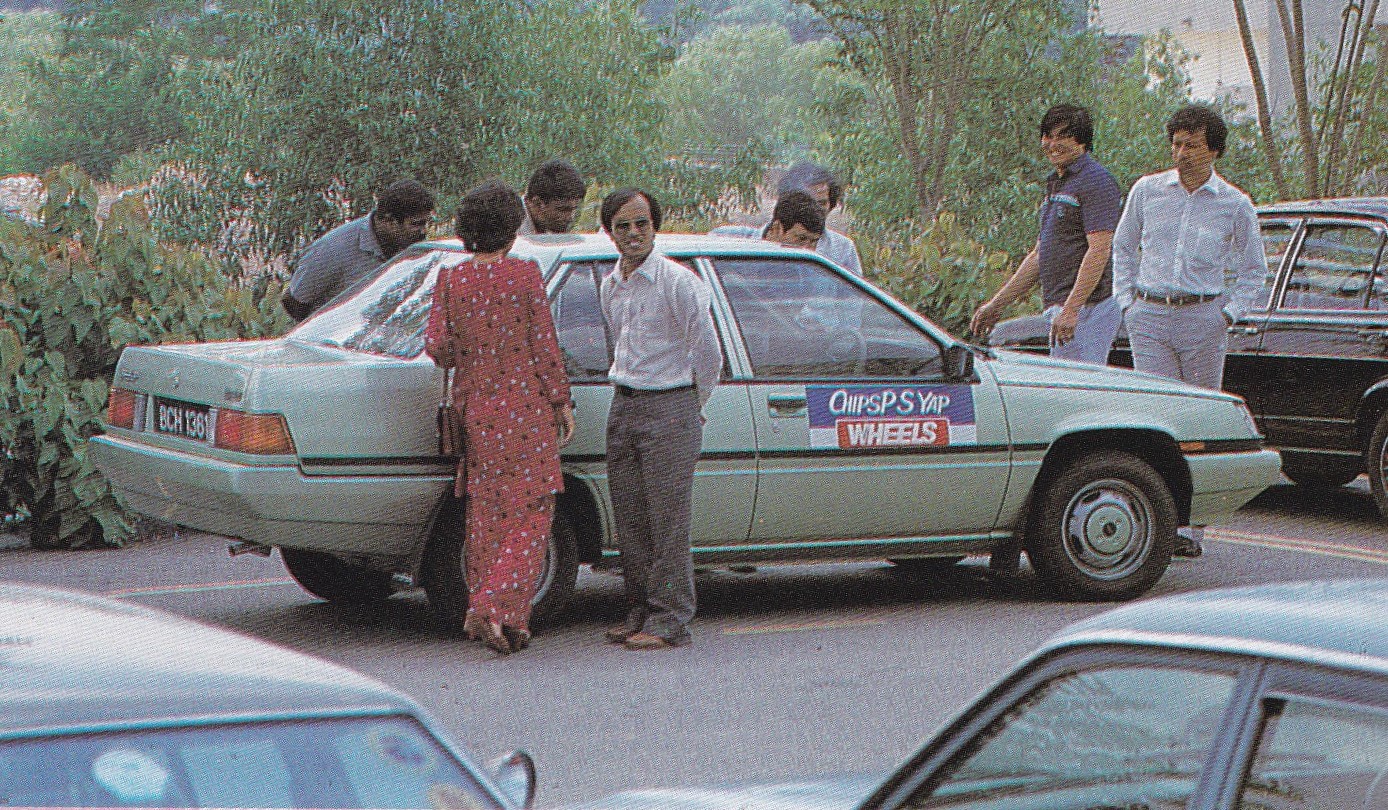
Prior to the launch, Chips was given a chance to test drive the car in and around the city, leaving many passers-by in awe; every time the car was stationary, crowds would gather around it and ask many questions in a bid to satisfy their curiosity. Each time, Chips would obligingly open the doors to give them a peek of the car’s interior – so much so, in fact, he was concerned the doors would not hold up under such rigorous use (of course, they did). On one occasion, Chip had a stalker posted outside of his home, waiting for Chips to come out so he could ask to be given a look inside the car. Slightly terrifying, but that was the kind of magnetising effect the car had on its people.
As Mahathir had envisioned, PROTON did serve its purpose beyond making affordable cars, as it catapulted the nation’s entire economy with a series of new manufacturing and engineer-driven industries. As for Chips, he is glad to have been there when it first started and is looking forward to where things are headed under the guidance from Geely.


